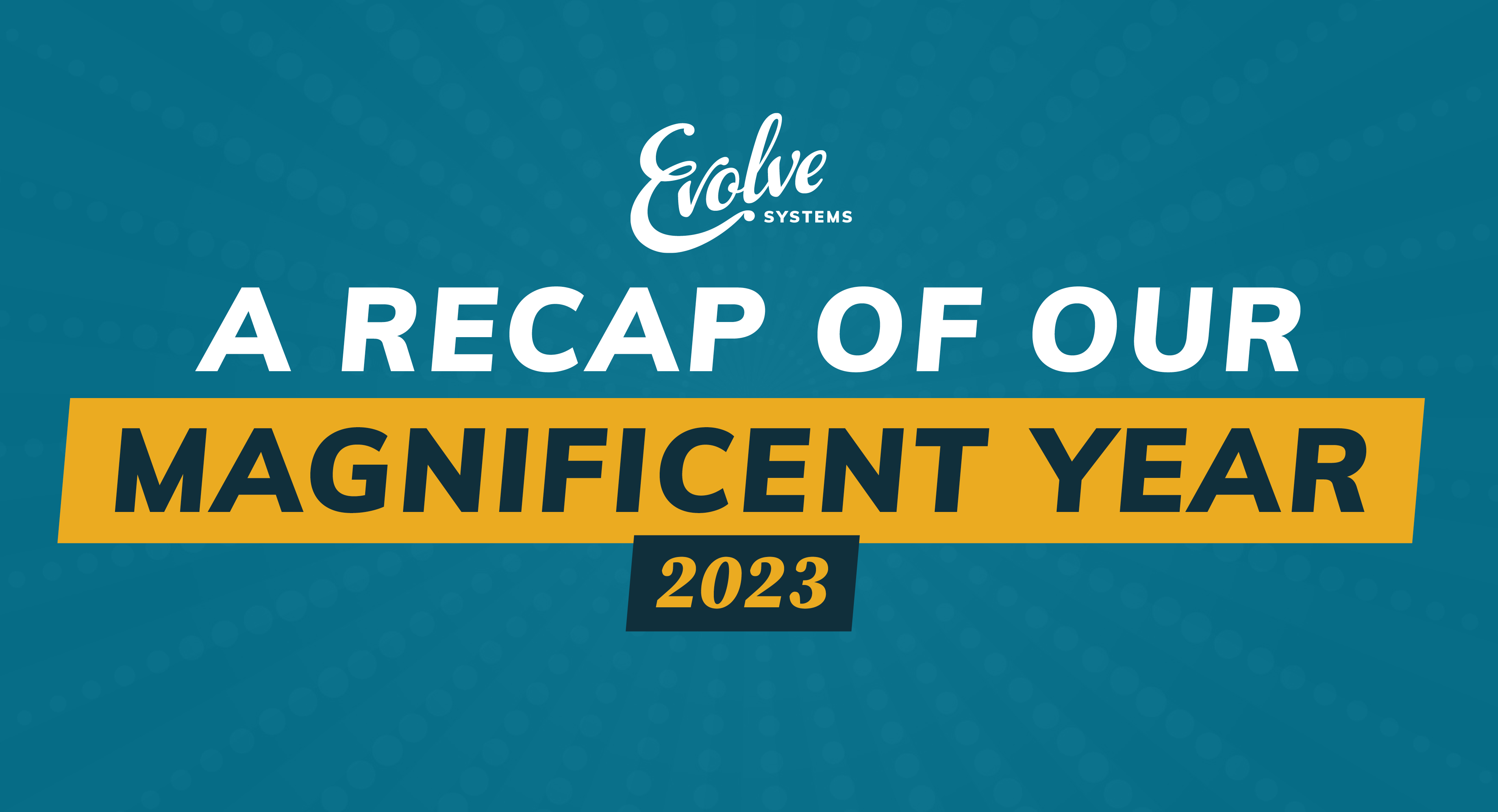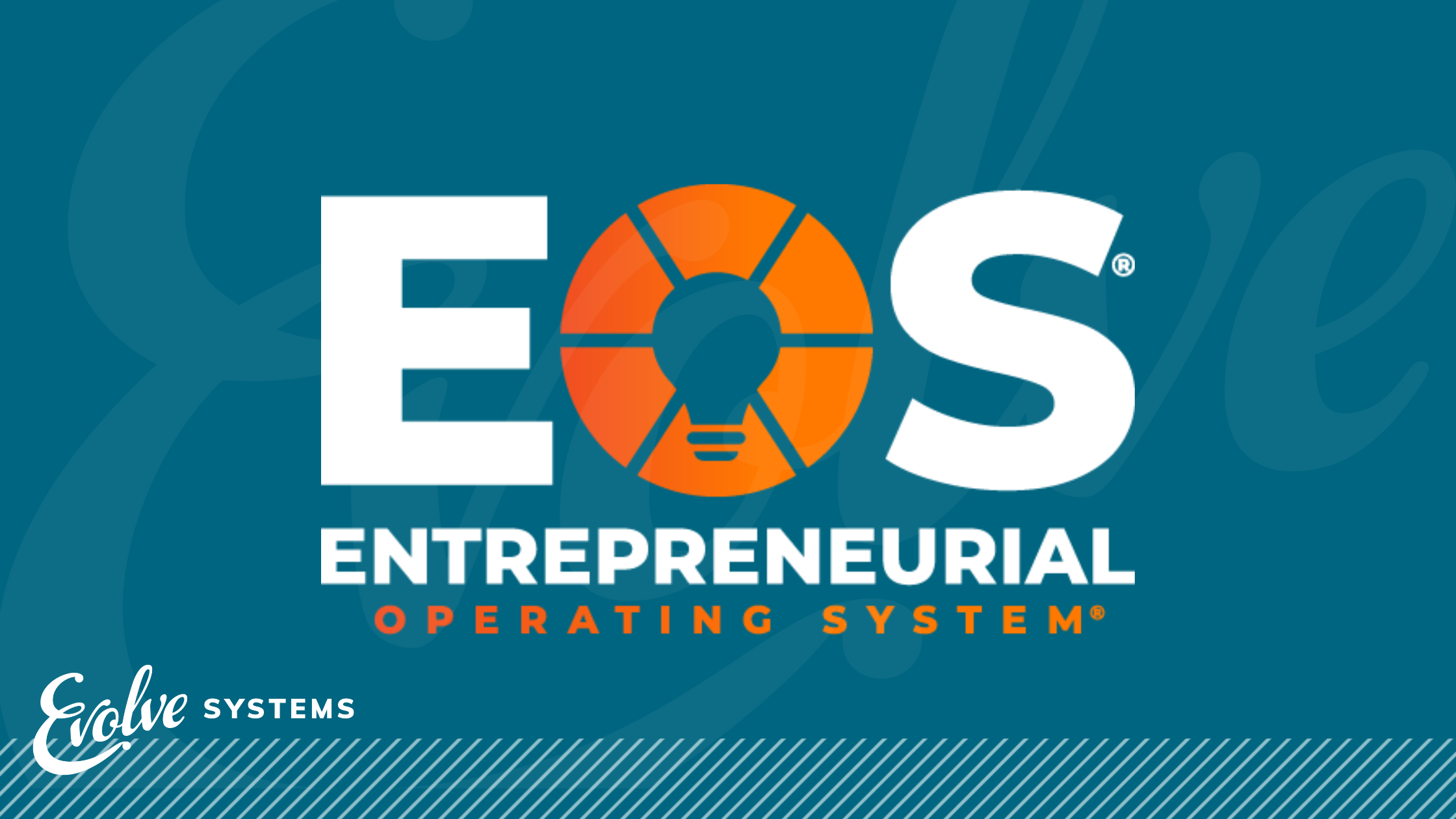Authors: Don Raleigh III, Robb Breding
In today’s rapidly evolving business landscape, middle-market businesses face unique challenges when it comes to attracting and hiring top talent. With a new generation entering the marketplace, traditional methods of recruiting and hiring employees are no longer as effective as they once were.
These tech-savvy and digitally native individuals seek meaningful work experiences and a deeper connection with prospective employers, requiring businesses to adapt their people strategy accordingly. In this article, the team at Evolve Systems is partnering with Rev Advisory Group to investigate and share how you can elevate your recruiting and hiring processes and begin to attract and retain the right people for your organization.
We will explore how middle-market businesses can leverage their websites as powerful tools to effectively communicate their culture online, showcase the experience candidates can expect, and ultimately enhance their recruitment efforts in the face of changing dynamics. A dynamic three-part hiring and selection process will ensure that the people you hire will not only be successful in their roles – but will also get along well and complement your company culture.
Communicating Your Company Culture Online:
Your website serves as the #1 digital marketing tool and the virtual representation of your company. Through your site, you can effectively communicate your unique culture to potential candidates. Here’s how:
- About Us: Craft a compelling “About Us” page that goes beyond generic mission statements. Share your company’s story, core values, and the vision that drives your organization. Highlight any employee-driven initiatives, community involvement, or diversity and inclusion efforts to provide a glimpse into your company culture.
- Employee Testimonials: Include testimonials or employee spotlights that showcase real experiences and perspectives from your team members. These authentic stories can help candidates envision themselves as part of your organization and give them a sense of what it’s like to work with you.
- Visual Elements: Incorporate high-quality images, videos, and graphics that reflect your workplace environment, team collaboration, and company events. Visual cues can create an emotional connection and help candidates visualize themselves as part of your dynamic work culture.
Showcasing the Employee Experience:
Demonstrating the experience that potential candidates can expect when working for your company is crucial for attracting top talent. Consider these strategies:
- Careers Page: Create a dedicated careers page that provides detailed information about your company’s values, benefits, career development opportunities, and work-life balance initiatives. This page should go beyond job listings and focus on showcasing the comprehensive employee experience.
- Employee Benefits: Clearly outline the competitive benefits and perks your company offers, such as healthcare packages, flexible work arrangements, professional development programs, and any unique offerings that set you apart from competitors. Highlighting these benefits can demonstrate your commitment to employee well-being and satisfaction.
- Virtual Office Tour: Consider incorporating a virtual office tour or an interactive map that allows potential candidates to explore your workplace digitally. This can provide an immersive experience, giving them a sense of your physical environment and the overall vibe of your workspace.
Utilizing a Dynamic Recruiting Tool:
A static contact form is often insufficient for capturing the interest of talented individuals. Incorporate a dynamic recruiting tool on your website to engage candidates and encourage them to take action:
- Online Job Application Portal: Implement a user-friendly online job application portal that allows candidates to easily search and apply for open positions. The portal should provide clear instructions, allow for resume and cover letter uploads, and provide an option for candidates to save their progress if needed.
- Interactive Content: Consider including interactive content such as quizzes, surveys, or assessments that align with your company’s culture and values. This approach not only engages candidates but also helps you evaluate their fit within your organization.
- Engaging Content Channels: Integrate a blog or resource center on your website to share engaging content related to your industry, company updates, or career advice. This demonstrates your commitment to thought leadership and provides additional touchpoints to engage potential candidates.
Implementing a Dynamic “Selection Process”
Once you have captured a prospective employee’s attention, how you engage with them through the selection process is critical. Not only do you need to vet and determine if the prospective employee will be a good fit for the role and your company, but the prospective employee will also be vetting and determining if the role is right for them and if your company is a place they want to work. Both of these facts must be considered as you walk a prospective employee through the selection process. When you distill it down, there are essentially three parts to an effective selection process.
- Job Description vs. Resume Comparison: Most companies do this step pretty well. This is where you will take a look at the candidate’s past experiences and achievements as outlined in their resume and/or employment application to see how well they align with a detailed job description for the role. Virtually everyone completes this step, however many are fooled by misrepresentations and rosy pictures painted by talented resume writers. It is important to note that a prospective employee may look good on paper, but you can not be certain of the validity of this picture without an effective screening and interview process as outlined below. A strong match here is a good start, but it is just the beginning.
- Performance Profile vs. Candidate Assessment Comparison: This step is often missed or skipped with employers citing time restraints or urgency as reasons for less rigor in the selection process. This is understandable, given the scarcity of talent in the marketplace. Employers don’t want to lose a good candidate in the selection process. However, there is good reason to include scientific assessment for the role and the candidate in your process. Creating a scientific performance profile for the role (including cognitive, behavior, and interest benchmarks) that candidates are assessed against provides critical information about aptitude, competency, and job fit that can not be gained in any other way. This step removes some of the guesswork, provides objective information, and can save time by focusing your interview questions. Prospective employees will appreciate you taking these steps to ensure that they are well-suited for the job and your company. We recommend assessing all candidates that pass the initial screening interview so that the candidate’s performance profile comparison report can be used in subsequent interviews.
- Screening and Interview Process: Screening and interviewing are commonplace and almost every company will conduct these as part of their hiring/selection process. Here we will simply outline three objectives or desired outcomes of a solid process and provide some suggestions for achieving them.The first objective is to quickly eliminate anyone whose resume and application made the cut – but is nonetheless inappropriate for the role or the company. This can be done in a short (30 minutes or less) screening interview with each remaining candidate. In their book “Who” Geoff Smart and Randy Street boil it down to asking three basic questions and ending the interview with a fourth critical question. We recommend using these.
- Q1: What are your career goals?
- Q2: What are you really good at professionally?
- Q3: What are you not good at or not interested in doing professionally?
- Q4: Who were your last three bosses, and how will they each rate your performance on a 1-10 scale when we talk to them?
Be sure to ask follow-up questions as appropriate for each until you are satisfied with the answers. Q4 is especially critical because it will help you to determine if the resume facts are in order. The candidate should believe you are going to eventually talk to their old bosses which will help you cut through any false information. Of course, if the candidate is advanced in the process, you most definitely should take the time to call and talk to these bosses. The best candidates will have their old boss’s mobile number handy and will be eager to provide it. With the answers to these questions, you should have a good idea of who you want to assess and interview further.
*Book: “Who” Geoff Smart and Randy Street
The second objective is to answer the three questions that will determine the candidate’s future performance and long-term success at your company.
- Will the candidate be good at and enjoy the work that they will be doing?
- Are they trustworthy and will they compliment your company’s culture?
- Are they aligned with the core values and mission of the company?
Armed with all of the information gathered in steps one and two you should develop a candidate-specific interview guide or questionnaire. Keep it simple. Decide what you already know, what you don’t know, and what you want to know more about. Include key stakeholders in developing the questions and conducting the interview(s). In the interview(s) probe for specific stories or examples of behavior rather than accepting good answers that lack an experiential foundation.
The third objective is to paint a clear and authentic picture of your company’s culture throughout the entire process. What the candidate sees in the recruiting media and what they experience in the hiring/selection process should be consistent with what the candidate will experience on a day-to-day basis if they are hired. This is accomplished dynamically through a rigorous and intentional recruiting and selection process led by people who exemplify the company’s values and mission.
Evolving Your Hiring Process
A well-crafted website can be a powerful recruitment tool for middle-market businesses, enabling you to effectively communicate your company culture, showcase the employee experience, and engage potential candidates beyond a simple contact form. Following through with an authentic and meaningful selection process will ensure a good fit and put all stakeholders on a path to success. By implementing these strategies, you can enhance your employer brand, attract qualified applicants, and ultimately build a talented and motivated workforce for your organization.
In today’s dynamic business landscape, middle market businesses must adapt their recruiting and hiring processes to attract and retain top talent. By leveraging their websites as powerful tools to communicate company culture, showcasing the employee experience, and implementing a dynamic selection process, businesses can enhance their recruitment efforts to not only recruit top talent but also keep potential team members engaged through the process and have motivated team members entering the workforce to ensure superior company performance.







